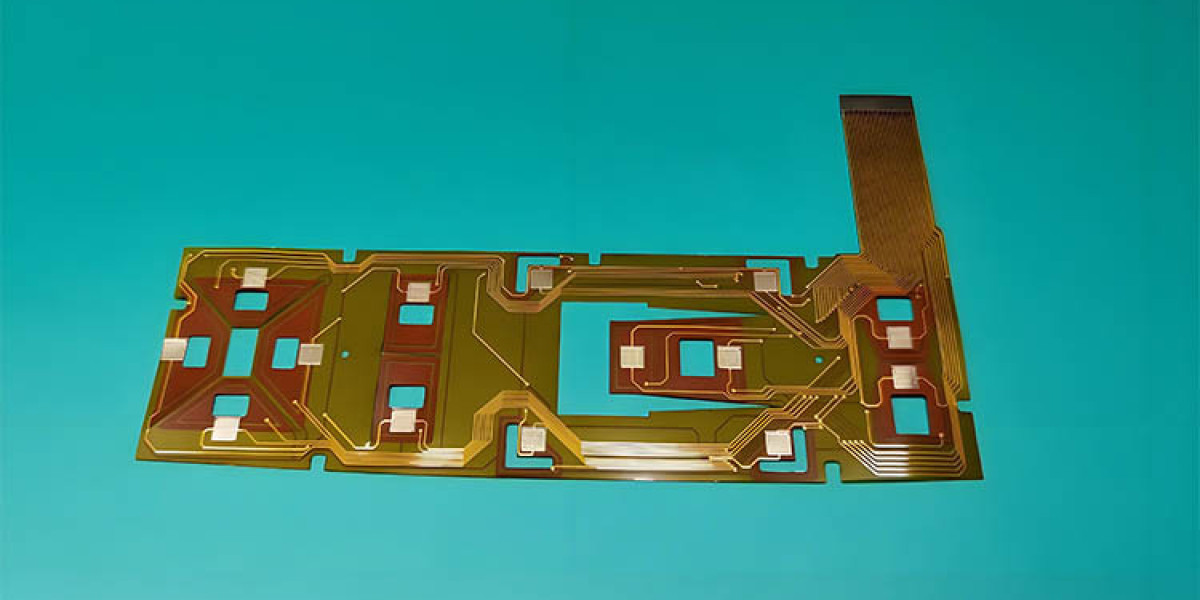introduction
Flexible circuit boards are characterized by their lightweight and compact nature, making them the optimal choice for many smart electronic products. However, during use, they can easily suffer from dents, folds, and scratches due to their lower mechanical strength, which makes them prone to cracking. Therefore, the purpose of applying reinforcement materials is to enhance the mechanical strength of flexible circuit boards and facilitate the attachment of components. The types of reinforcement films used for flexible circuit boards vary according to the product requirements and mainly include PET, PI, adhesive-backed films, metal or resin reinforcement boards, etc.
Main Process of Flexible Circuit Board Reinforcement
Production Workflow: Material preparation (copper foil, protective film, reinforcement PSA) → Drilling (copper foil, protective film, reinforcement PSA) → Black hole or PTH → Dry film application → Film alignment → Exposure → Development → Copper plating → Dry film removal → Chemical cleaning → Dry film application → Film alignment → Exposure → Development → Etching → Dry film removal → Brushing → Applying upper/lower protective film → Lamination → Applying reinforcement → Lamination → Punching → Printing text → Baking → Surface treatment → Applying PSA → Cutting → Punching leads → Electrical inspection → Punching shape → FQC (full inspection) → OQC → Packaging → Shipping.
Reinforcement Application
Thermal Reinforcement: At a certain temperature, the heat-curing adhesive of the reinforcement film begins to melt, adhering the reinforcement film to the product and positioning it.
Pressure-Sensitive Reinforcement: Adheres to the product without the need for heating.
Reinforcement Lamination
Thermal Reinforcement: High temperatures melt the heat-curing adhesive of the reinforcement film, while appropriate pressure or vacuum ensures the reinforcement film tightly adheres to the flexible circuit board.
Pressure-Sensitive Reinforcement for Flexible Circuit Boards: No heating is required; the product is bonded using a cold press.
Curing
For thermal reinforcement: When lamination occurs at lower pressure and for a short duration, the heat-curing adhesive may not fully cure. Therefore, it must undergo high-temperature baking for an extended period to fully cure the adhesive, enhancing adhesion between the reinforcement and the product.
Summary
This article describes the production process of the flexible circuit board reinforcement technique, emphasizing the importance of reinforcement materials in enhancing the mechanical strength of flexible circuit boards. The main processes include material preparation, drilling, copper plating, chemical cleaning, dry film application, exposure and development, etching, lamination, reinforcement application, punching, printing text, baking, surface treatment, applying PSA, cutting, punching leads, electrical inspection, shape punching, full inspection, and shipping. Reinforcement application methods are categorized into thermal and pressure-sensitive types, while reinforcement lamination involves high-temperature melting and cold pressing. Finally, thermal reinforcement requires a curing process to improve adhesion.








